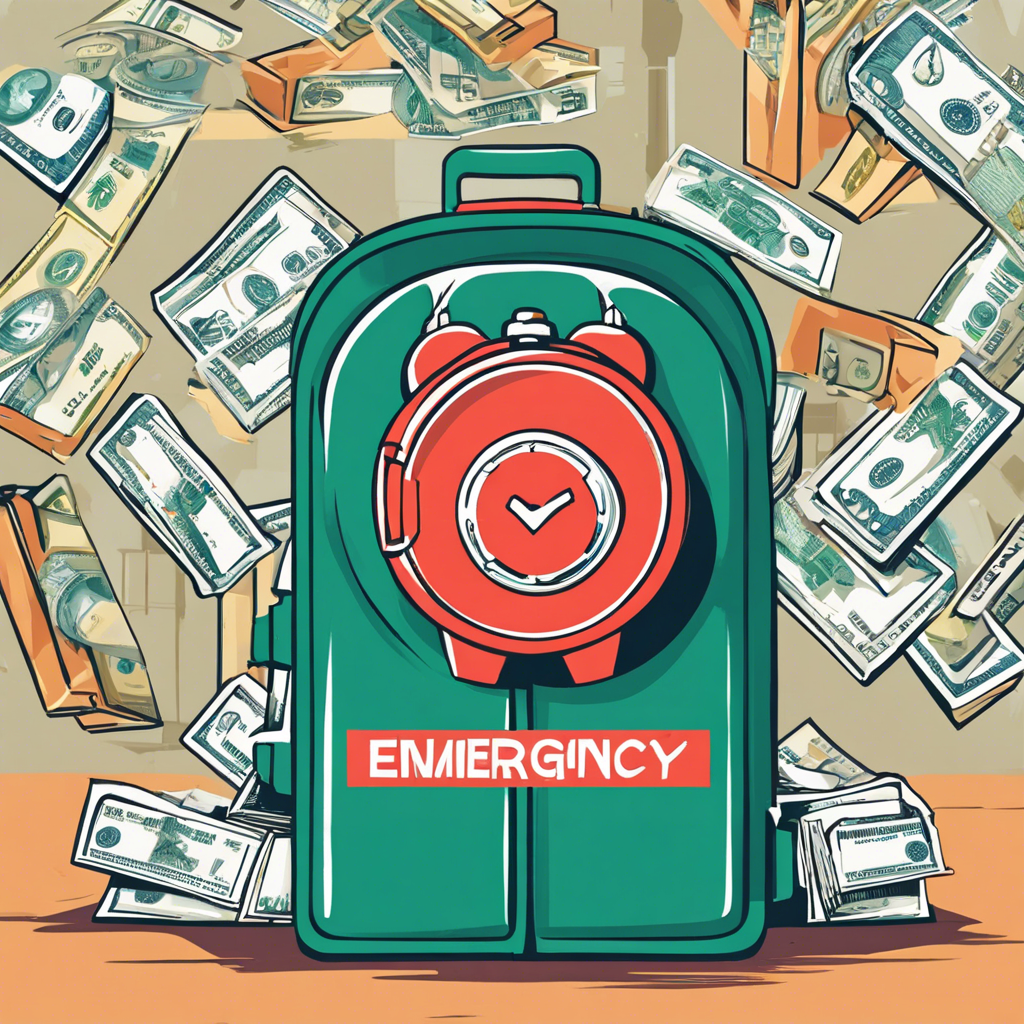Building an emergency fund is a crucial step towards financial security and peace of mind. While it may seem daunting at first, establishing a solid financial cushion can be achieved with discipline and strategic planning. Here are some insightful tips to help you bolster your savings and be prepared for life’s unexpected expenses.
Firstly, define your motivation. Understanding why you need an emergency fund is essential. Life is full of surprises, and they are not always pleasant. Your car might break down, your roof could start leaking, or you might face unexpected medical bills. Having a dedicated fund to cover these unforeseen costs will alleviate the stress and anxiety associated with such emergencies. It ensures you don’t have to derail your regular finances or resort to high-interest loans or credit cards to bail you out.
Now, set a realistic target. The general rule of thumb for an emergency fund is to aim for three to six months’ worth of living expenses. This range ensures you have enough to cover most unexpected costs without tying up too much of your money in a non-income-generating account. Assess your monthly expenses thoroughly and decide on a goal that makes you feel secure. Remember, you can always start with a lower target and gradually increase it as your financial situation improves.
Once you’ve set your goal, it’s time to craft a strategy to reach it. Determine a realistic timeline and divide your goal into manageable monthly or bi-weekly savings targets. Consistent, disciplined saving is more feasible and sustainable than attempting to save a large sum all at once. Automate your savings by setting up regular transfers from your paycheck or monthly income to your emergency fund account. This way, you save effortlessly without having to remember to transfer funds manually.
Also, identify expenses you can cut or reduce to free up more money for your emergency fund. Downsizing non-essential costs like eating out, subscription services, or non-essential shopping can help accelerate your savings. Additionally, consider taking on a side hustle or freelance work to boost your income and expedite your savings journey.
Another great strategy is to maximize the benefits by choosing a high-yield savings account for your emergency fund. These accounts offer higher interest rates than traditional savings accounts, helping your money grow faster. Shop around for accounts with competitive APYs (Annual Percentage Yield) to make the most of your emergency fund.
Stay motivated by tracking your progress and celebrating milestones. Visual aids, like savings thermometers or charts, can help you see how far you’ve come and keep you driven to reach your goal. Lastly, remember that building an emergency fund is a journey, and it’s okay to adjust your plans if your financial situation changes.
An emergency fund is a fundamental step to financial wellness, empowering you to handle life’s surprises with confidence. Start today by defining your motivation, setting realistic targets, and strategizing with the tips provided. You’ll soon be on the path to financial resilience and security.

